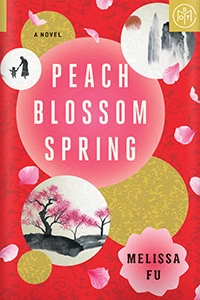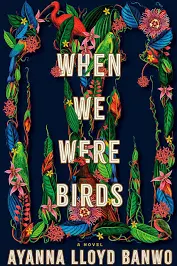Why every author should visit a bookstore.
- Sally Collings
- Mar 28, 2022
- 3 min read
Updated: Apr 11, 2022

What with pandemics and such, it’s been a good while since I visited my local bookstore. I continue to spend inordinate amounts of time on Amazon, Goodreads, publisher’s websites, book review pages and the like, checking out what’s new in the world of books. But there’s just something about walking into a great bookstore (I see you, Books Inc!), with carefully selected displays of new releases, category racks with “genre siblings” sitting shoulder to shoulder—even the sales table has a sense of well-loved friends farewelled with regret.
I was struck by two things.
First, how many pretty books are being released now. I sensed a strong floral theme among the cover designs, and I wonder if it’s our collective desire for something of beauty to emerge from recent times.
Second, how much writers gain from walking into a brick-and-mortar bookstore. There is something very particular about seeing the physical books and their arrangement that you can never get from looking at a web page. A bookstore reflects the way the bookseller thinks about the books, and in turn what book buyers seek. As a writer, that is valuable intel indeed.
It’s always important to get inside the heads of your (actual or potential) readers, never more so than when you are writing your book proposal. One of the key sections you need to include in a nonfiction book proposal is comp titles (which may be interpreted as meaning “competing” or “comparable”). This section describes maybe 3-6 recently released books that would sit next to yours in a bookstore, summarizing each and explaining how your own book is distinct. Here, you give agents and editors a point of reference by describing other titles’ core message and strengths (and possibly their weaknesses, but without being insulting!). Most importantly, you explain how these other titles demonstrate the need for your book.
Here's a redacted version of a comp title listing I included in a recent book proposal that I ghostwrote for a personal development author:
John Assaraf, Innercise: The New Science to Unlock Your Brain’s Hidden Power (Waterside Productions 2018)
The key idea of Assaraf’s book is that mindset and emotional blocks have the power to hold you back from who you want to be—but you can retrain your brain to overcome these limiting beliefs and stories. The advice in Innercise is very general, not specifically directed at any one goal (such as weight loss or physical wellbeing). Women who want to lose weight would most likely not pick up this book because it’s not marketed specifically for that purpose or audience.
Assaraf is a highly successful mindset and behavior expert. He’s also very much in the classic style of authoritative male, radiating his success to inspire confidence in his audience. It’s not necessarily a style that today’s women appreciate. [My book title] is based on a similar premise, but the voice and approach are very different. [Author name] will step into the space of “trusted confidante” that many women would prefer to hear from.
Yes, there’s a commercial reason to go into bookstores. It’s important to know who is writing the latest books, and who is buying those books. But as I write this, I’m struck by something else. Walking into that Books Inc store this week sharpened my vision and set a fire under my sense of purpose for the books I write.
If it’s been a while since you’ve visited your local bookstore, maybe today is the day.
For a free copy of my guide, “6 Steps to Writing a Book Proposal That Sells,” visit my website and scroll to the Sign Up for Your Free Download panel.
#ghostwriter #bookproposal #manuscript #nonfictionmanuscript #writingcourse #bookpublishing #sallycollings #onlinewritingclass #publisher #nonfictionwriting #publishingdeal #writingblog #bookdeal











Comments